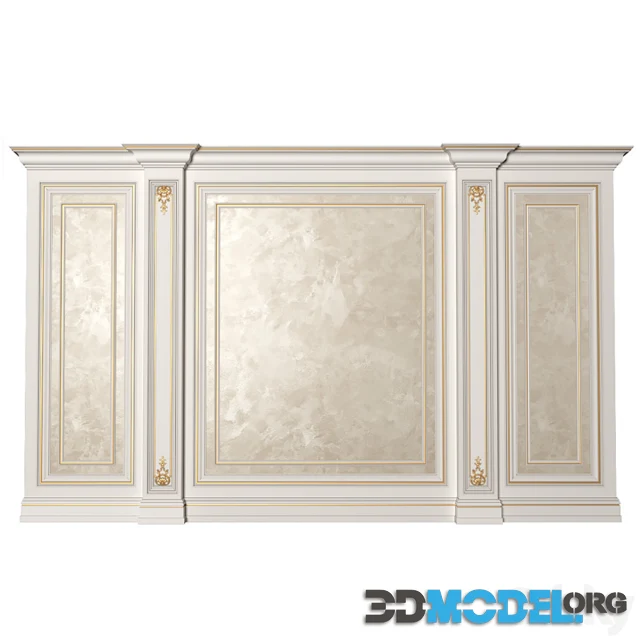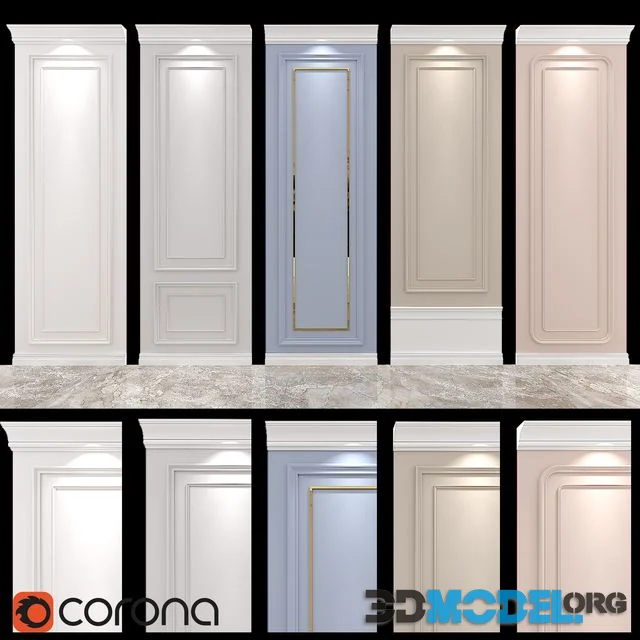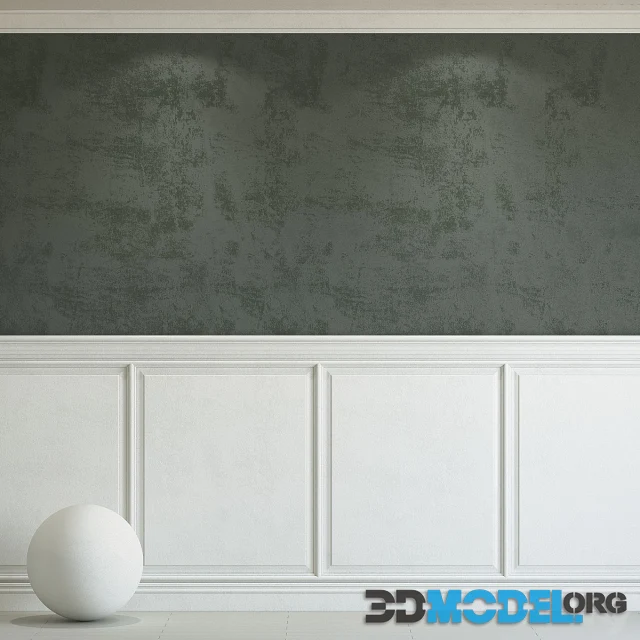Decorative plaster with molding 114
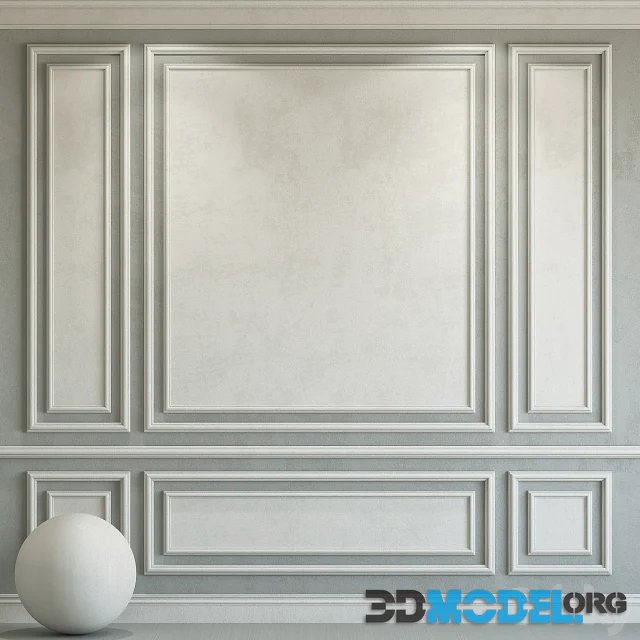
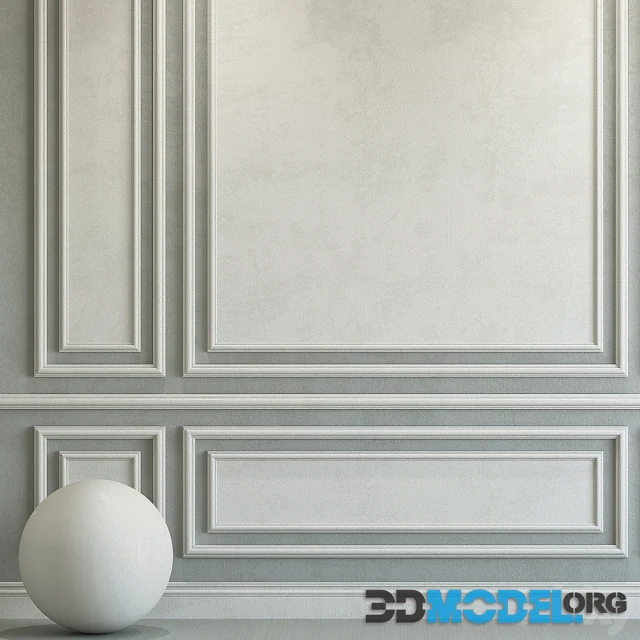
Decorative plaster with molding is ideal for classic-style interiors. These moldings come in an array of shapes and sizes, perfect for adding character to your room.
Plaster was a popular material during the Victorian era for adding decorative details and moldings. Popular techniques included crown molding, raised wall paneling, rounded corner detailing, chair rail, base rail, as well as additional accenting around fireplaces, important doorways, and chandeliers.
In the early 1900s, plaster walls typically featured finish coats ranging in thickness from 3/8 inch to 1/8 inch. These could be scratched, sanded, or sealed with fine white sand mixed with water or marble dust for a harder-to-abrade surface.
Finish coats were typically applied by hand. The plasterer would use a small trowel or broom to rake the coats into an even, smooth surface. Afterward, they would apply a thin coat of quick-setting joint compound over top for protection.
Lath, which holds plaster in place, can be constructed out of either wood or metal. Historic buildings typically use wooden lath that is fastened directly to structural members like joists and studs at right angles; alternatively, nonstructural spaced strips known as furring strips may also be employed for support.
Plaster is an integral part of a building's history and should be preserved whenever possible. Those interested in learning more about preserving their building's historic flat plaster should contact the National Park Service, State Historic Preservation Officers, local preservation organizations or an experienced consultant for further advice.
Realistic 3d-model for decoration in a classic style.
File type: MAX, FBX, OBJ
Ctrl
Enter
Noticed a misTake
Highlight text and press Ctrl+EnterRelated news:
Comments (0)


